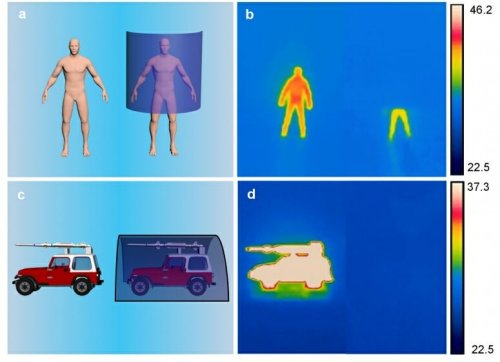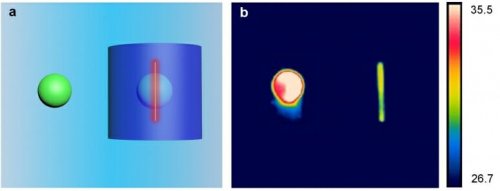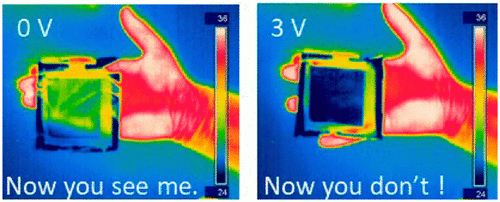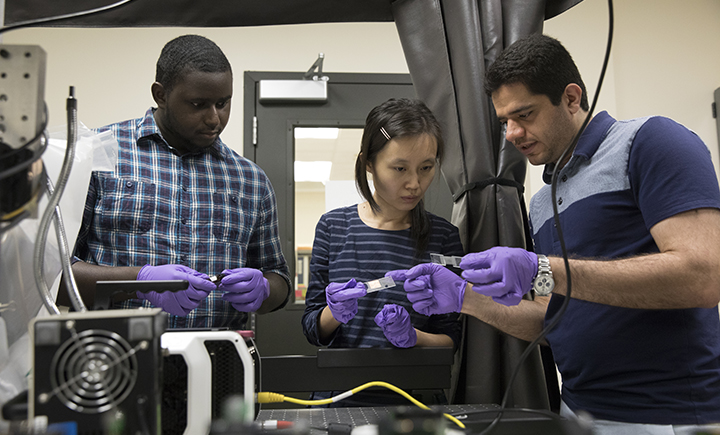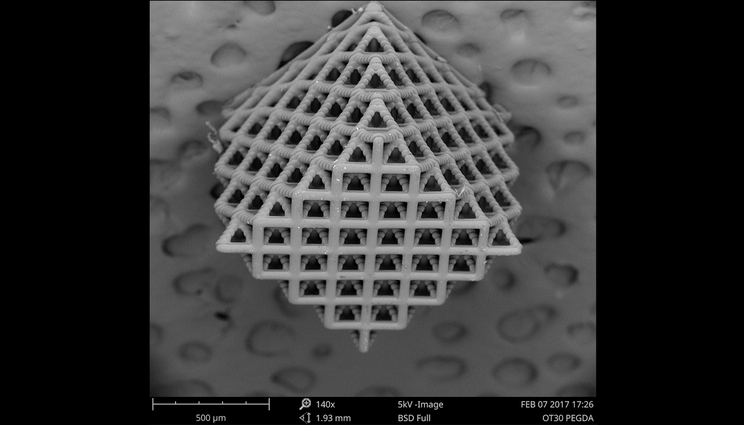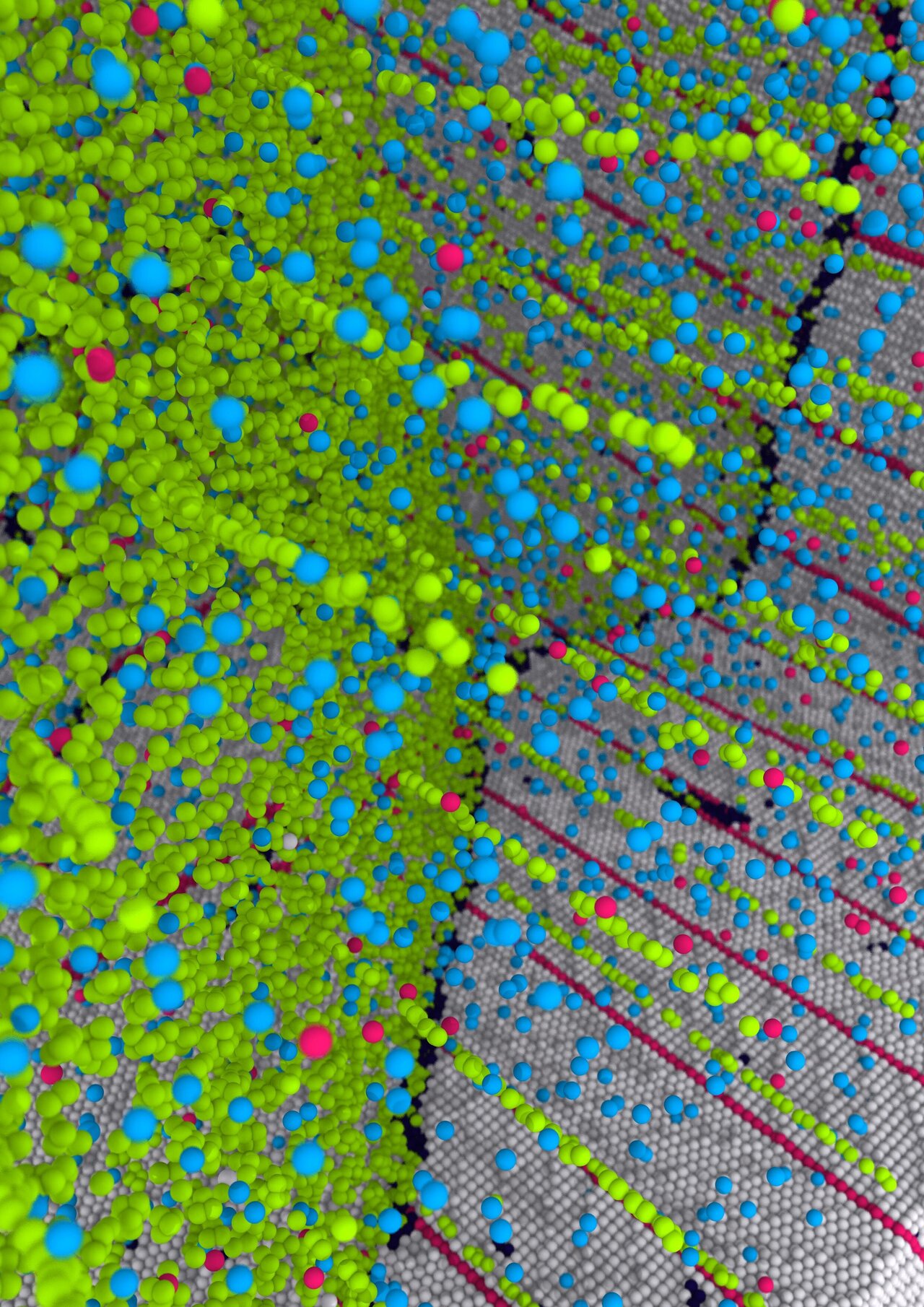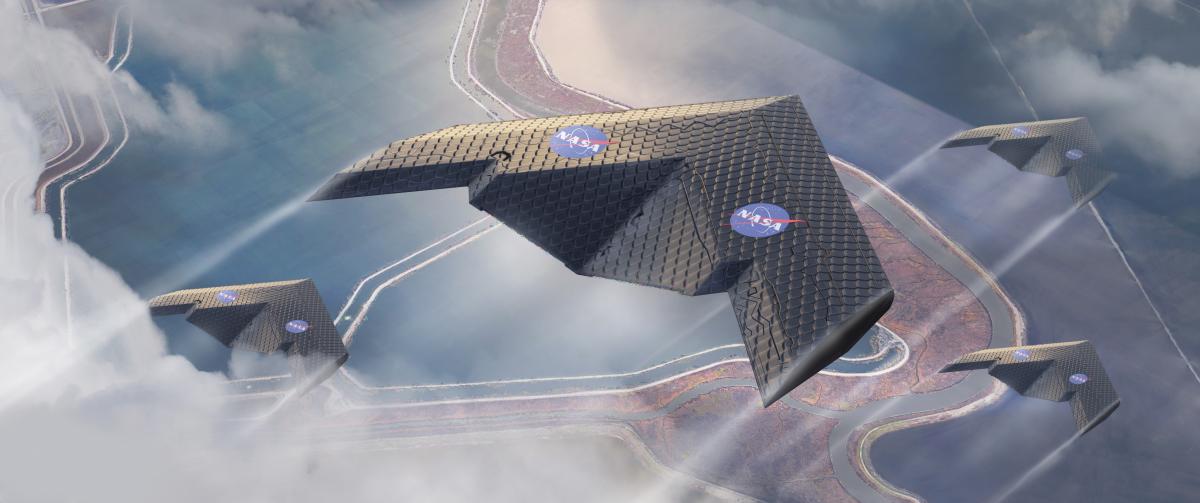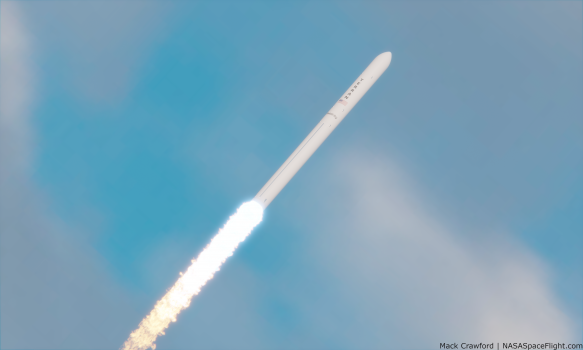_Del_
I really should change my personal text... Or not.
- Joined
- 4 January 2012
- Messages
- 1,315
- Reaction score
- 1,812
sferrin said:Pretty sure graphene is going to be WAYYYY more expensive than rebar, sand, gravel, and rocks.
But you can probably use only half as much because it's twice as strong!*
(Whatever that means in this context. I didn't read the article, but I'm guessing based on the blurb it didn't discuss types of strength and settled for "twice as strong" )
Edited to add: Managed to find this actual study
https://onlinelibrary.wiley.com/doi/abs/10.1002/adfm.201705183
abstract said:We demonstrate an extraordinary increase of up to 146% in the compressive strength, up to 79.5% in the flexural one, and a decrease in the maximum displacement due to compressive loading by 78%
Claims "low-cost" but gives no particulars. Given that it also talks about other methods, I assume it means low-cost in relation to other methods of graphene-concrete composites.

